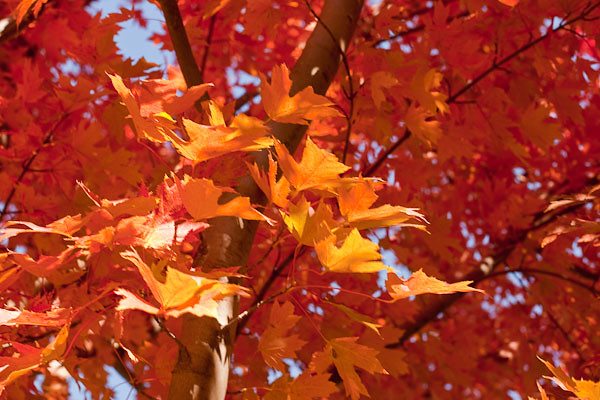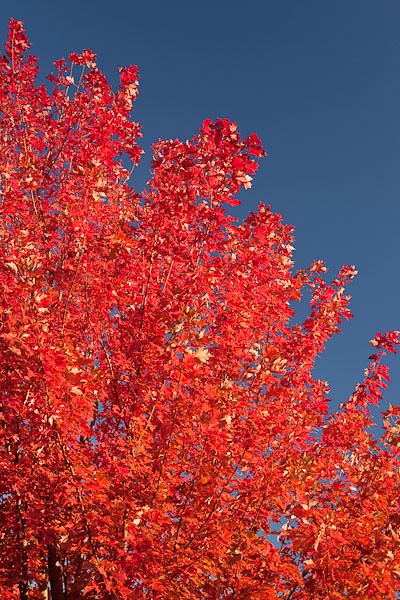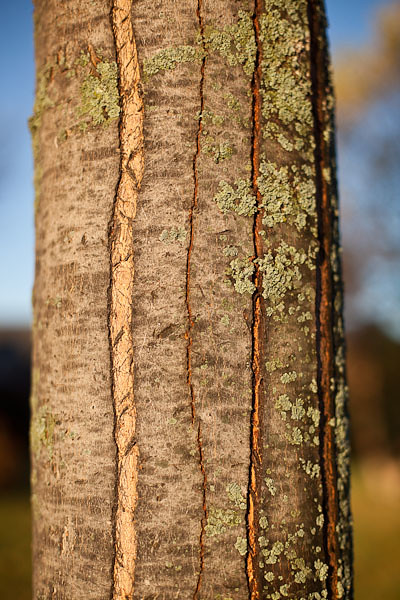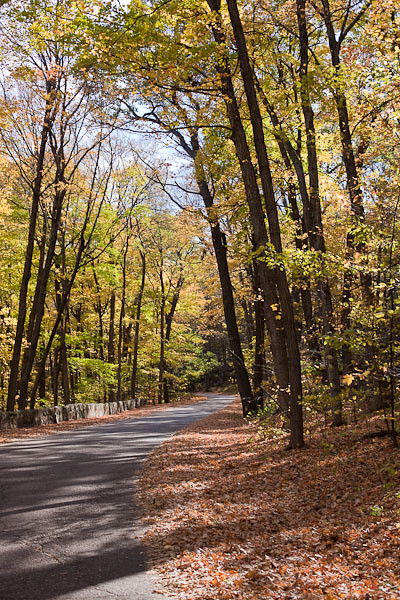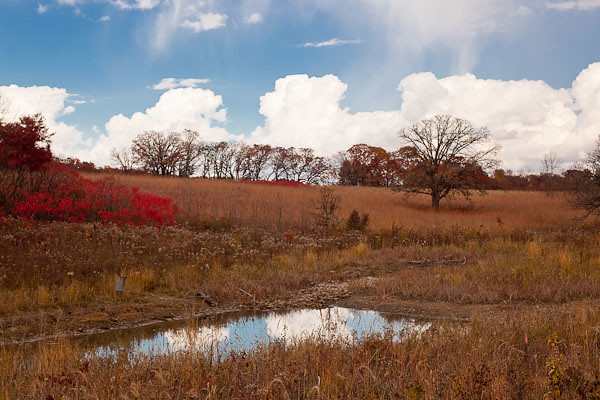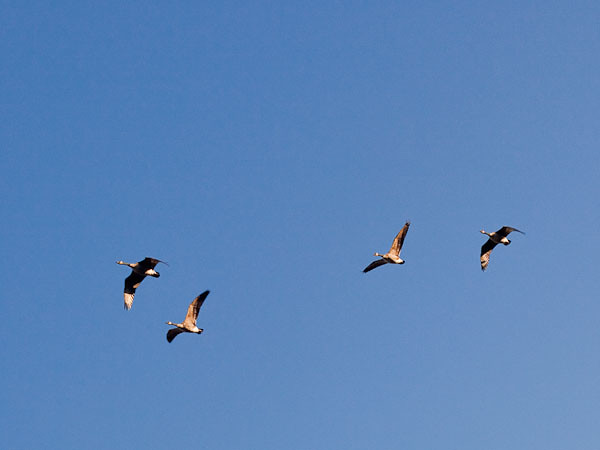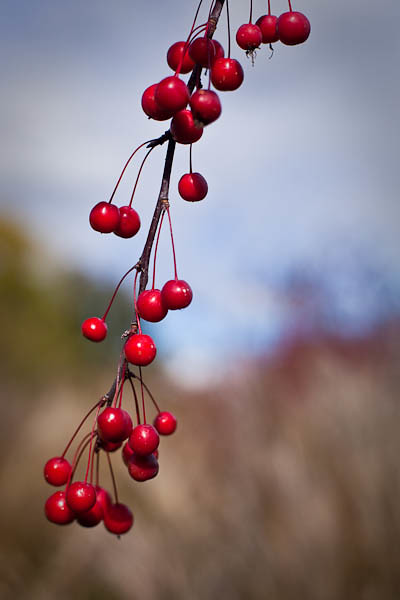If you would ask me what my favorite thing about my home, I would ask do you mean inside my home or outside?
No matter, my answer is similar. The favorite part of the inside of my home are the windows that overlook my backyard – one in my studio, one in my kitchen, one in my family room – and from which I have a perfect view of my red maple tree. And the favorite thing that is outside my home? Yes, that same gorgeous red maple tree.
This is the red maple tree Sherpa and I planted 5 years ago on our 30th wedding anniversary. The maple tree that was eight feet tall and two inches in diameter when we planted it, and is now taller than our two-story house. I don’t have an exact figure on the diameter, but it is at least nine inches at the base.
My red maple leaves slowly change from green to red, beginning at its crown, and slowly creeping down until the entire tree is one huge crimson-red glow. My favorite time of day to watch the maple is about thirty minutes after sunrise–the tree’s bright red leaves shimmer and flicker in the sunlight.
The tree is often at its peak color for a couple of weeks every October. I thought the prediction for rain and colder temperatures for the last few days would have an effect on the tree, but the tree is still holding most of its leaves. That makes me happy. Yep, I guess that makes me one happy tree hugger!
Our maple tree has grown so fast, it truly outgrew its trunk. The trunk split all around to accommodate its increase in size. Some longitudinal splits are caused by rapid fluctuations in temperatures which cause a tree like the thin-barked maples to thaw and then freeze repeatedly. My red maple has these cracks but they heal over and have not caused damage to the tree.
This is one of the benefits of Wisconsin living — greetings from my red maple when it is dresses in its autumn red!
——————–
Bo Mackison is a photographer, owner of Seeded Earth Studio LLC. She falls in love every autumn — with the red maple tree in her backyard!
